107-07-3 News
107-07-3
-
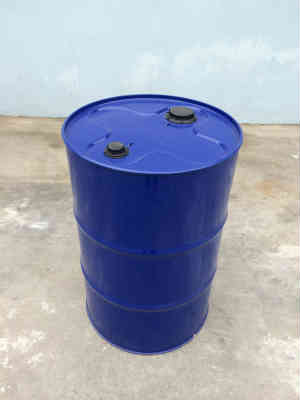
- Cas No.:107-07-3
- Appearance:Colorless liquid
- Molecular Formula:C2H5ClO
- ProductionCapacity:
- Inquiry
Detailed information
Several dyes are prepared by the alkylation of aniline derivatives with chloroethanol.
Breathing (Cas No 107-07-3) can irritate the nose and throat causing coughing and wheezing.
Breathing (Cas No 107-07-3) can irritate the lungs causing coughing and/or shortness of breath. Higher exposures may cause a build-up of fluid in the lungs
(pulmonary edema), a medical emergency, with severe shortness of breath.
(Cas No 107-07-3) can cause nausea. vomiting and abdominal pain.
(Cas No 107-07-3) can affect concentration and memory and can cause headache. dizziness.lightheadedness. confusion, seizures (fits) and passing out.Higher levels can cause coma and even death.
DOT Classification: 6.1; Label: Poison
(Cas No 107-07-3) Analytical Methods
Other names of (Cas No 107-07-3) :2-chloroethyl alcohol, (Cas No 107-07-3), 2-chloro-1-ethanol, 2-monochloroethanol,glycol chlorohydrin, 2-hydroxyethyl chloride, β-hydroxyethyl chloride, β-chloroethanol,chloroethanol,ethylchlorhydrin, δ-chloroethanol, (Cas No 107-07-3), glycol monochlorohydrin.
(Cas No 107-07-3) Chronic Health Effects
The following chronic (long-term) health effects can occur at some time after exposure to (Cas No 107-07-3) and can last for months or years:
(Cas No 107-07-3) Cancer Hazard
There is no evidence that (Cas No 107-07-3) causes cancer in animals. This is based on test results presently available to the New Jersey Department of Health and Senior Services from published studies.
(Cas No 107-07-3) Reproductive Hazard
(Cas No 107-07-3) may cause reproductive damage Handle with extreme caution.
(Cas No 107-07-3) Other Long-Term Effects
(Cas No 107-07-3) can irritate the lungs. Repeated exposure may cause bronchitis to develop with cough,phlegm, and/or shortness of breath.
High or repeated exposure can damage the nerves causing weakness, "pins and needles." and poor coordination in arms and legs.
(Cas No 107-07-3) can cause liver and kidney damage.
(Cas No 107-07-3) Mixed Exposures
Because more than light alcohol consumption can cause liver damage, drinking alcohol can increase the liver damage caused by (Cas No 107-07-3).
the following control is recommended to (Cas No 107-07-3)
where possible, automatically pump liquid (Cas No 107-07-3) from drums or other storage containers to process containers.good work practices can help to reduce hazardous
exposures.
the following work practices are recommended to (Cas No 107-07-3)
workers whose clothing has been contaminated by (Cas No 107-07-3) should change into clean clothing promptly.
contaminated work clothes should be laundered by individuals who have been informed of the hazards of exposure to (Cas No 107-07-3) .
eye wash fountains should be provided in the immediate work area for emergency use.
if there is the possibility of skin exposure, emergency shower facilities should be provided.
on skin contact with ethylene (Cas No 107-07-3) ,immediately wash or shower to remove the chemical. at the end of the workshift, wash any areas of the body that may have contacted (Cas No 107-07-3) , whether or not known skin contact has occurred.
do not eat. smoke. or drink where (Cas No 107-07-3) is handled, processed. or stored, since the chemical can be swallowed. wash hands carefully before eating, drinking, smoking, or using the toilet.
(Cas No 107-07-3) handling and storage
prior to working with (Cas No 107-07-3) you should be trained on its proper handling and storage.
ethylene (Cas No 107-07-3) reacts violently with chlorosulfonic acid; ethylene diamine;sodium hydroxide and oxidizing agents(such as perchlorates. peroxides,permanganates. chlorates. nitrates,chlorine. bromine and fluorine).
(Cas No 107-07-3) is not compatible with strong bases (such as potassium hydroxide); strong acids (such as hydrochloric, sulfuric and nitric); and alkaline metals.
store in tightly closed containers in a cool. well-ventilated area away from water and steam as corrosive gases are produced.
sources of ignition. such as smoking and open flames, are prohibited where (Cas No 107-07-3) is used, handled. or stored in a manner that could create a potential fire or explosion hazard.


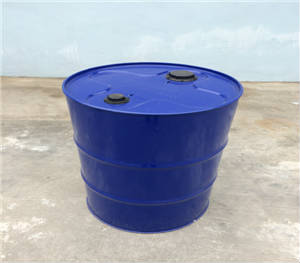
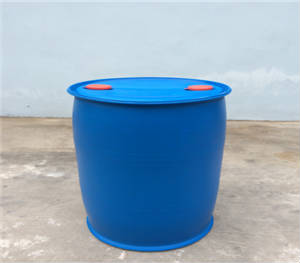
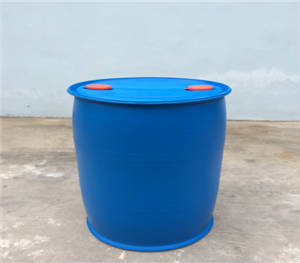
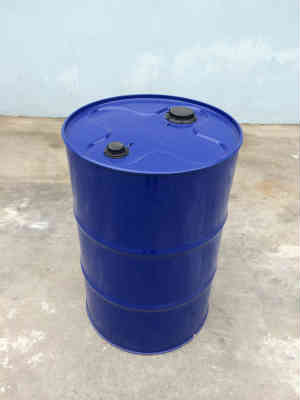
 < /a>
< /a>